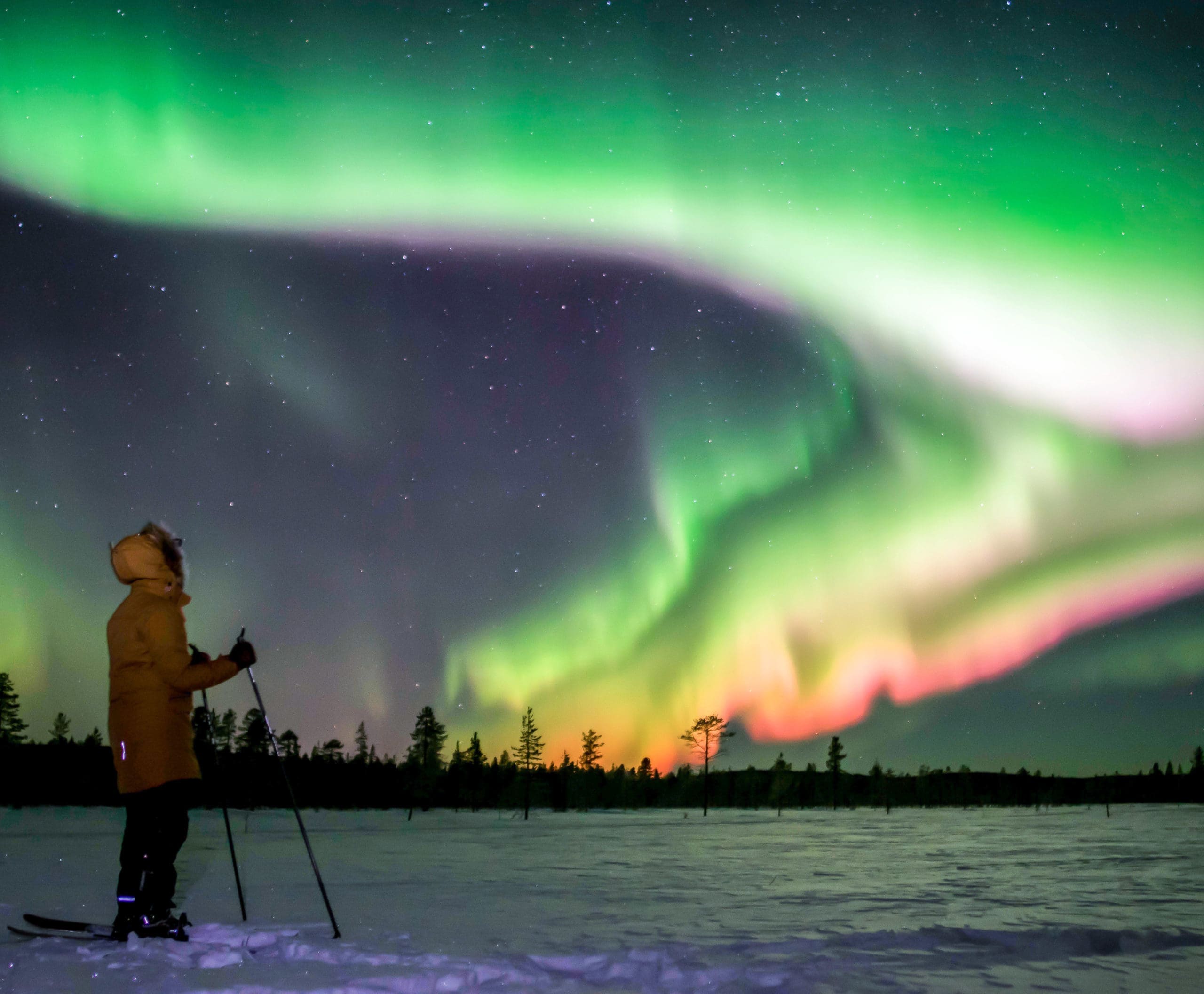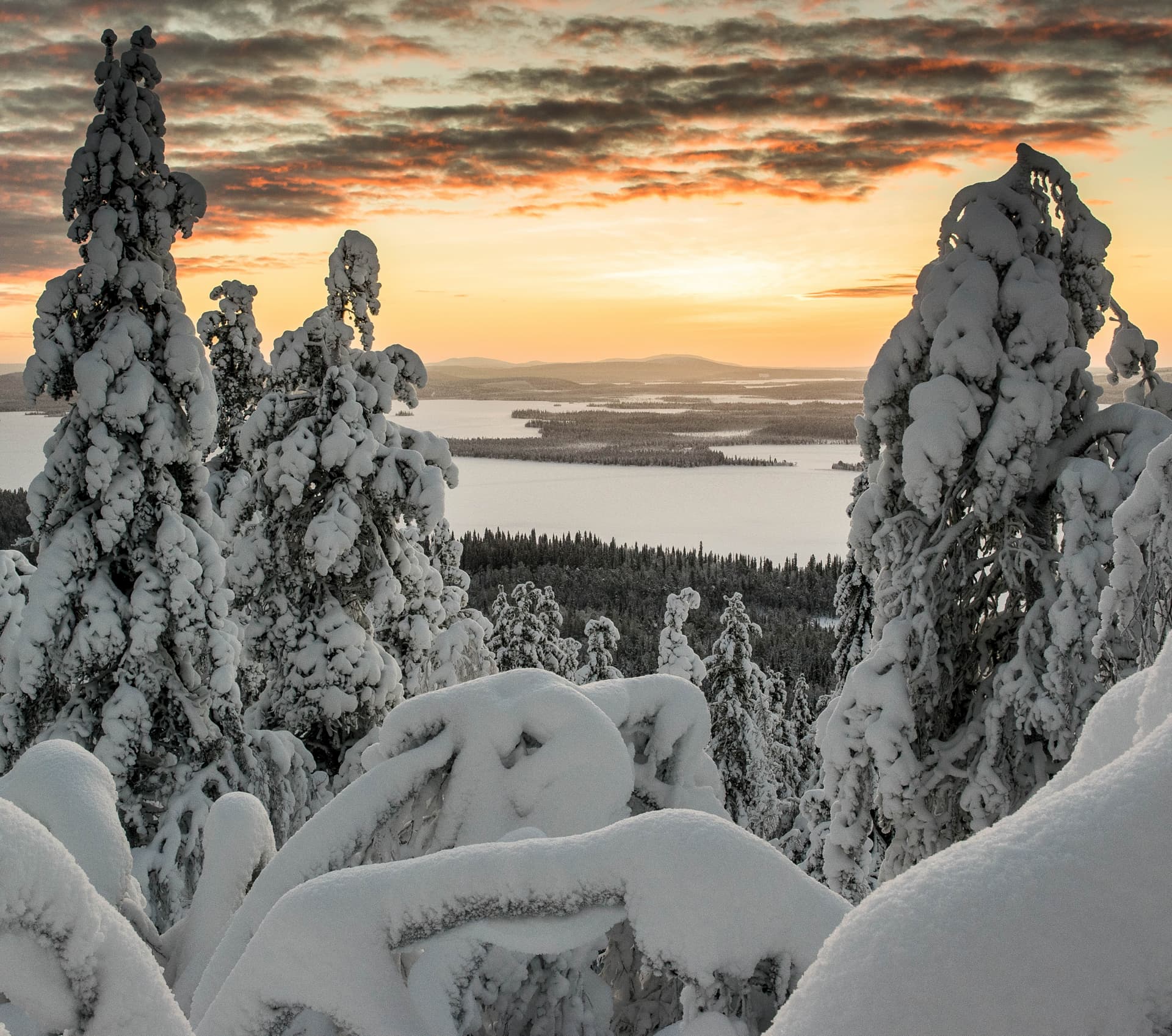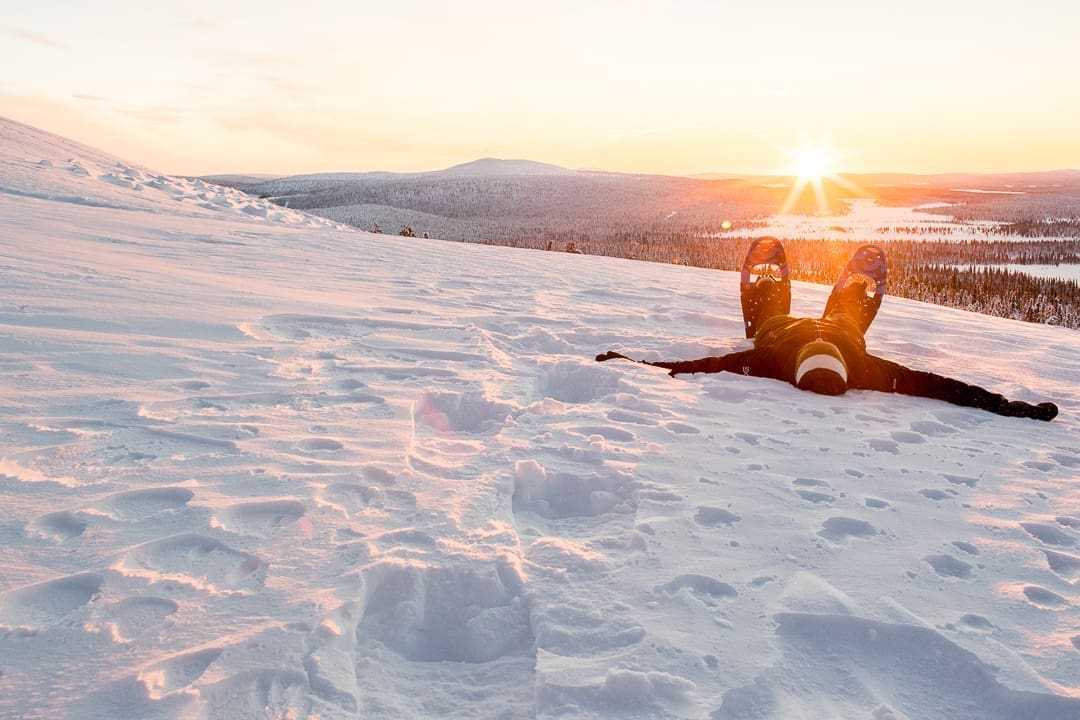The Unique Biodiversity of Lapland
Lapland, a region that stretches across Norway, Sweden, Finland, and Russia, is a treasure trove of unique biodiversity. The Arctic Circle, which cuts through this region, is home to a variety of flora and fauna that have adapted to the harsh, yet stunningly beautiful, environment. The Lapland wildlife is a testament to nature’s resilience and ingenuity.
The Arctic Circle animals have evolved to survive in extreme conditions, with adaptations such as thick fur, fat layers, and behaviours that help them conserve energy. The Lapland fauna includes a mix of terrestrial and aquatic species, each playing a crucial role in the ecosystem. From the smallest insects to the largest mammals, every creature contributes to the delicate balance of Arctic wildlife.
Understanding the unique biodiversity of Lapland is essential for appreciating the region’s natural beauty and the importance of conservation efforts. The Arctic Circle is not just a cold, barren land; it is a vibrant, living landscape teeming with life.
Top 5 Majestic Creatures of the Arctic Circle
When exploring Lapland wildlife, certain animals stand out due to their majesty and the awe they inspire. Here are the top five majestic creatures of the Arctic Circle:
1. Reindeer: Perhaps the most iconic of all Lapland animals, reindeer are synonymous with the Arctic. These hardy creatures are well-adapted to the cold and are a vital part of the local culture and economy.
2. Arctic Fox: With its thick, white winter coat, the Arctic fox is a master of camouflage. This small predator is known for its resourcefulness and ability to survive in some of the harshest conditions on Earth.
3. Brown Bear: The brown bear is one of the largest predators in Lapland. These majestic creatures are often seen foraging for berries and fish during the warmer months before hibernating through the winter.
4. Golden Eagle: The golden eagle is a symbol of power and freedom. With its impressive wingspan and keen eyesight, this bird of prey is a master hunter in the Arctic skies.
5. Wolverine: Known for its strength and ferocity, the wolverine is a solitary and elusive predator. Despite its small size, it is capable of taking down prey much larger than itself.
Conservation Efforts in the Arctic
Conservation efforts in the Arctic are crucial for preserving the unique biodiversity of Lapland. Climate change, habitat loss, and human activities pose significant threats to Arctic wildlife. Various organisations and governments are working tirelessly to protect these fragile ecosystems.
One of the key strategies in conservation is the establishment of protected areas, such as national parks and wildlife reserves. These areas provide safe havens for Lapland animals and help maintain the natural balance of the ecosystem. Pallas-Yllästunturi National Park, for example, is a vital sanctuary for many species.
Additionally, research and monitoring programmes are essential for understanding the impacts of environmental changes on Arctic wildlife. By studying the behaviour, population dynamics, and health of these animals, scientists can develop effective conservation strategies.
Seasons of Wildlife: What to Expect Year-Round
The Arctic Circle experiences extreme seasonal variations, which significantly influence the behaviour and visibility of Lapland fauna. Understanding these seasonal changes can enhance your wildlife-watching experience.
In winter, the landscape is covered in snow, and many animals, such as the brown bear, hibernate. However, this is also the best time to see the Northern Lights and spot animals like the Arctic fox and reindeer, which are well-adapted to the cold.
Spring brings a burst of life as the snow melts and plants begin to grow. Migratory birds return, and animals like the brown bear emerge from hibernation. This is a great time to witness the rejuvenation of the Arctic ecosystem.
Summer is the season of abundance. The long days and mild temperatures make it an ideal time for wildlife watching. You can see a variety of animals, including reindeer, birds, and even the elusive wolverine, as they take advantage of the plentiful food supply.
Autumn is a time of preparation. Animals begin to store food and build up fat reserves for the coming winter. The changing colours of the foliage add to the beauty of the landscape, making it a picturesque time to visit.
Lapland’s Elusive Predators
Lapland is home to several elusive predators that play a crucial role in maintaining the balance of the ecosystem. These predators are often difficult to spot, but their presence is vital for the health of the Arctic environment.
The wolverine, known for its strength and tenacity, is one such predator. Despite its small size, it is a formidable hunter and scavenger. Wolverines are solitary animals, and their elusive nature makes them a rare sight.
The lynx, with its tufted ears and stealthy movements, is another elusive predator of Lapland. This solitary cat is an expert hunter, preying on small mammals and birds. Lynx are primarily nocturnal, adding to the challenge of spotting them in the wild.
Finally, the brown bear, one of the largest predators in Lapland, is a symbol of the wilderness. While they are more visible during the warmer months, they remain elusive and cautious around humans. Observing a brown bear in its natural habitat is a truly awe-inspiring experience.
At Wildmaker Lapland, we offer a range of tours that provide opportunities to witness these majestic creatures in their natural habitat. Our tours are designed to be educational and immersive, allowing you to experience the true magic of Lapland. Whether you choose a private tour or a small group experience, you will have the chance to explore the stunning landscapes and encounter the incredible wildlife of the Arctic Circle.
Our tours include guided wildlife watching, accommodation in cosy log cabins, and a variety of activities that showcase the beauty and diversity of Lapland. We are committed to sustainable travel and ensuring that our tours have minimal impact on the environment.
Discover the wonders of Lapland wildlife with Wildmaker Lapland. Book your tour today and embark on an unforgettable adventure in the Arctic Circle.



